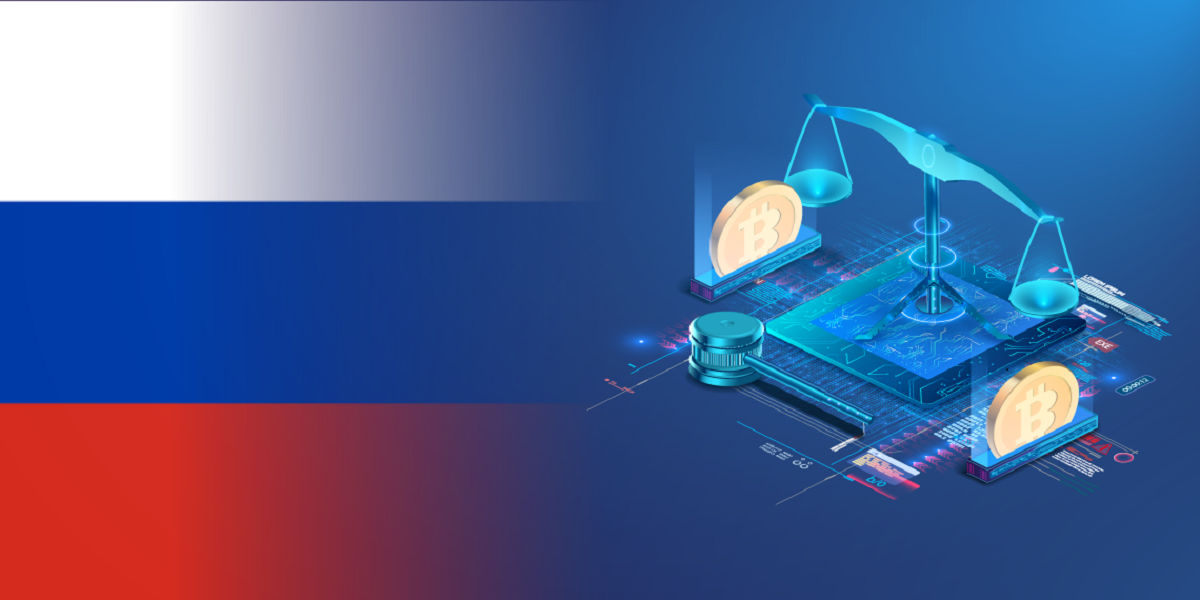- Crypto miners are constantly racing to stay ahead of the competition by increasing their hashrate.
- This increases the demand for electricity and, in turn, the price of electricity.
Over the last decade, POW-based cryptocurrencies have hugely impacted global marketplaces. These digital assets have gradually become more mainstream because they’re decentralized and lack regulation. As their popularity has grown, so has their Energy Consumption Index (ECI).
The ECI measures the electricity used to power the hardware associated with a particular cryptocurrency network. It includes the energy consumed by miners – who validate transactions and add new blocks to the blockchain – as well as the energy needed to run the full nodes that support the network.
According to BanklessTimes.com, the total energy consumption of the crypto-asset sector ranges from 120 -240B KWh annually – about 0.4% to 0.9% of global electricity consumption. POW-based blockchains use the vast majority of this power.
To put this into perspective, the entire country of Ireland consumes an estimated 25B KWh of electricity per year. So, the crypto-asset sector is consuming the equivalent of almost 10 times Ireland’s worth of electricity.
Speaking on the data, BanklessTimes.com CEO, Jayson Andrews, said:
BanklessTimes.com CEO, Jayson Andrews
Why Is Crypto Mining So Energy-Intensive?
Graphics cards on mining rigs are in use 24 hours a day, seven days a week. This consumes far more power than surfing the web. When a rig with three graphics processing units (GPUs) is operational, it uses 1,000 watts of electricity, which is the same as that of a medium-size window AC unit being switched on.
A crypto mining operation might have hundreds or even thousands of rigs in one location. A mining facility in Kazakhstan is capable of operating 50,000 mining rigs. As mining rigs consume more energy, the overall electricity consumption of crypto mining also increases.
Miners are also constantly upgrading their hardware in order to stay ahead of the competition. This means they often discard old hardware, which is replaced with new, more energy-intensive hardware. This results in a never-ending cycle of increasing energy consumption.
Making Crypto Mining More Sustainable
There are efforts underway to make crypto mining more sustainable. First, some firms are using green mining hardware, which is more energy-efficient. Second, power-sharing agreements between miners can help to reduce overall energy consumption.
Another way that the sector is becoming more energy-efficient is through the use of “proof of stake” (PoS) systems. PoS doesn’t require nearly as much power as PoW. Some of the biggest cryptocurrencies, including Ethereum and Cardano, are already using PoS.
As the sector matures, it’s likely that we’ll see more and more cryptocurrencies moving to PoS systems. This, combined with other efforts to reduce energy consumption, should help to bring the sector’s power usage down to a more sustainable level.
Firms in the mining industry can also collaborate with a verified carbon offset program to make their operations more sustainable. For example, some programs may involve planting trees to help offset the carbon footprint of a firm’s energy consumption.
It’s also important to remember that the crypto-asset sector is still maturing. Thus, people should expect more innovation and efficiency in the future. This will help to reduce the sector’s overall energy consumption over time.












